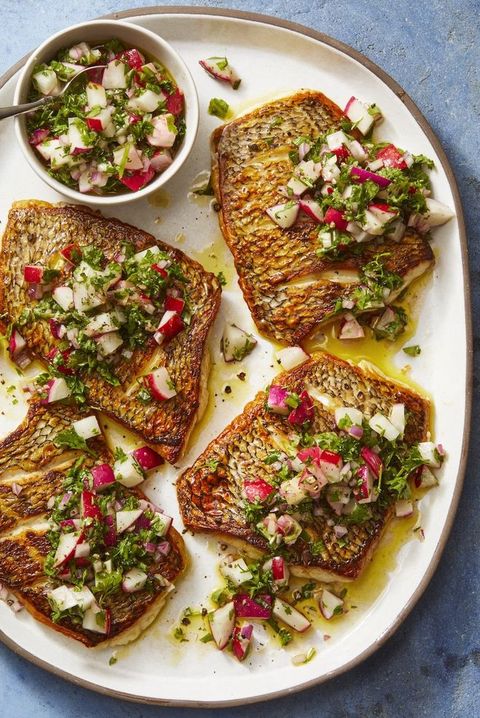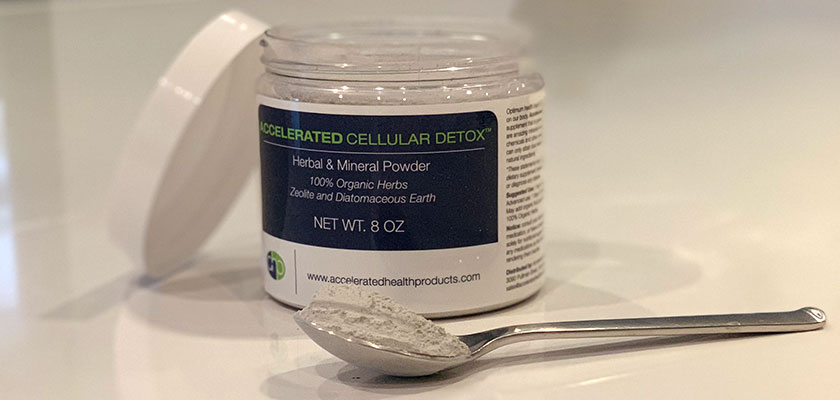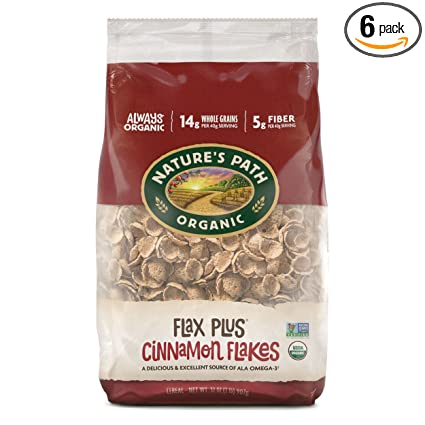
A carbo-loading food can be beneficial before long hikes or races, as well as endurance events such a marathon, ultramarathon, triathlon, and Ironman. These types of activities require a large amount of energy, and carbo-loading foods can help prevent muscle depletion. However, unless you're planning on a long marathon or ultramarathon, you should not try carbo-loading before the race.
Carbo-loading is a term that refers to carboloading meals, which are eaten within the hours and days prior to endurance events. Do not eat foods that are high in glycemic. This can cause a decrease in blood glucose. High-protein meals are better than large pasta dinners, as they can improve your performance.
A healthy diet should include at most a few carboloading meals. It is best to carb-load two to three days in advance of an event. By doing this, your muscles will be well-rested and ready to work. You should consume between 2.3 and 5.5 grams of carbohydrates per kilogram of your body weight each day. You can eat crackers, chicken noodles soup, or other foods that are easily digestible if you're feeling anxious about your caloric intake.
During exercise, glycogen stores last about 30 minutes. By carbo-loading foods prior to a workout, you'll extend the period of time that glycogen is available. This will give you more energy for endurance and reduce fatigue. This can increase your performance in a marathon or a long run. If you are concerned about your diet, you may donate any left-over carbohydrates to Missoula Food Bank. You won't regret doing it!
Carbo-loading is not likely to be a benefit for professional athletes in long-distance events. The average basketball game, soccer game, or football game lasts approximately two hours. Runners typically spend their entire training days standing around, so they are unlikely to be able to gain benefits from carbo-loading before a marathon. Marathoners who race in marathons can reap the rewards, as extra carbohydrate can help their bodies recover over the long-term.

Carbohydrate loading is important for marathon preparations. Marathoners should normally consume four to five pounds more than what they usually eat. The extra weight indicates that the marathoner has successfully carb-loaded. The extra carbs will allow them to store three grams more water which will aid them in their race. They'll be able to hydrate and have enough fuel for the duration of the race.
Carbo-loading has many nutritional benefits, but it is important to also consider the potential risks. You should avoid foods high in refined carbs when you're training for endurance events. These foods increase the likelihood of your blood sugar levels rising. Refined carbohydrates can also cause blood sugar swings that are dangerous. These spikes can make you feel tired and hungry, and can even lead to a serious condition called diabetes.
Low-fat and low fiber options are important when choosing carboloading foods. High-fiber foods might be beneficial but they should not be excessive. Too much fiber can cause stomach discomfort. You should limit your intake of fiber and increase the amount of carbohydrate you consume. However, you can include fat-free snacks and meals to your diet. These are often the same foods as those used to make a diet rich in carbohydrates.

Carbo-loading foods must contain low-GI carbohydrates. However, it's important to be aware that high-fiber carbohydrate foods can cause digestive problems. These foods are high in sugar, which can lead to digestive problems. For endurance athletes, it's important to reduce your carbo-loading food intake to low-GI foods. You should limit your intake and avoid eating more than you actually need.
Carbo-loading is a process that requires you to be aware and meet your caloric requirements. It is important to know your caloric needs for endurance events. The average person should consume around 35 grams of carbohydrates per kilogram of weight. In addition, it's important to remember that carbohydrates are not necessary for endurance. In fact, carbohydrates can cause stomach problems. Before you start a marathon/ultramarathon, it's important that you understand the meaning of carboloading meals.
FAQ
Is there any difference between a chef or a cook.
A chef prepares food for other people. A cook prepares the food for oneself. Both jobs require the preparation of food. However, chefs work directly with their customers. They may need to make decisions about what they will serve to their guests based upon their preferences. A cook does not interact with customers. Instead, a cook makes sure the food tastes good before delivering it to customers.
What skills are required to enter a culinary school?
You must have the ability to cook well and work under pressure. To learn how cook, enroll in cooking courses at your local high schools or community colleges. Once you have mastered the basics of cooking, you will need to find work in a restaurant and catering company.
How Much Does It Cost to Study Culinary Arts?
Prices for studying culinary arts vary widely. A four-year degree in culinary arts typically costs around $40,000. A two-year associate's program may be less expensive at $5,000. Tuition rates depend on the type of program you select. Private institutions charge higher prices than public ones.
How do you learn to cook the best?
Cooking is something that everyone should be able to do. Cooking is a skill that will allow you to enjoy delicious food. You must start by finding a recipe you enjoy and following it closely when you learn to cook. Next, practice making small tweaks to the recipe until the dish is your own. Finally, try cooking for others. This will not only help you cook better, but it will also test your skills.
How can leftovers be stored in the most efficient way?
Tupperware containers are a good choice for leftovers. These containers keep foods fresh and prevent odors from forming. They can also keep food warm longer. Frozen leftovers can be kept in freezer bags. For food that you are freezing, make sure to place it inside another freezer bag. Once the food is frozen place it in an airtight container, such as a zip lock bag.
How Do I Learn About Cooking?
There are numerous cooking classes offered across the country. Many schools offer courses in baking, pastry, and wine tasting. If you want to learn more about cooking, you can enroll in a class at a local community college or vocational school, or attend one offered by a private institution.
Statistics
- You'll be amazed that over 90% of CIA students receive scholarships and grants to finish their culinary studies. (ischoolconnect.com)
- The median pay for a chef or head cook is $53,380 per year or $25.66/hour, according to the U.S. Bureau of Labor Statistics (BLS). (learnhowtobecome.org)
- According to the BLS, chefs earn $58,740 a year. (learnhowtobecome.org)
External Links
How To
How to make Apple Pie
There are several steps to making apple pie. The first step is to wash the apples; then, peel them and cut them into small pieces. Then, add sugar. Mix everything together and place it in an oven at 350°F for 15 minutes. Let the mixture cool in the oven for 15 minutes, then add the cream to the top. Then, sprinkle some powdered Sugar on top.